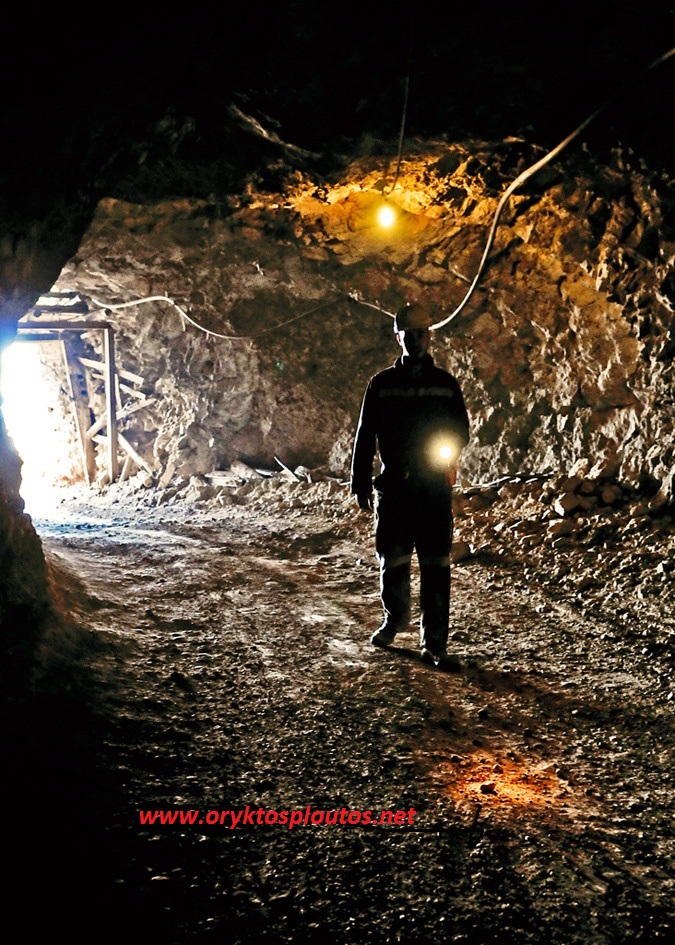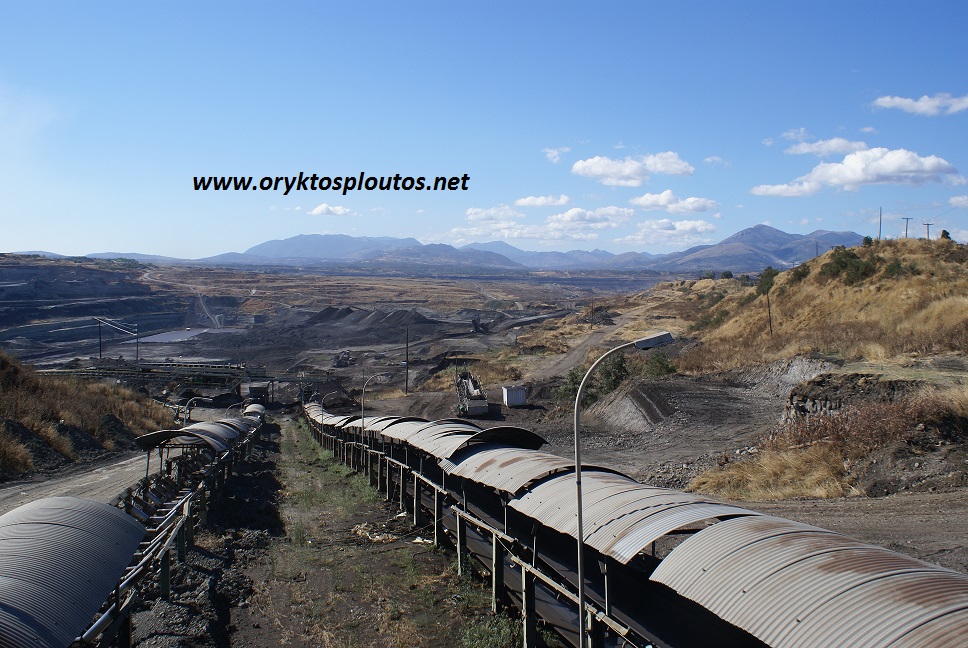
[by Peter G. Tzeferis]
The recent economic crisis in Greece has impacted the mining industry. In years 2011-2012 the sector continued the same downward trend that emerged in previous years due to the economic crisis, following the significant decline in demand and prices of raw materials in the steel, construction, cement, and concrete industries. The recession boosted by volatility in the international markets for raw materials, reduction in international metal prices and increasing energy prices across the EU.
The domestic market suffered a collapse mainly in the field of construction products (aggregates, cement, ceramics, etc.) and companies related to aggregate quarries and generally construction products as well as cement, face daily question of survival. The sector of construction aggregate materials fell gradually to 50 million tons in 2010 (from 90-100 million tons before crisis) to 35 million tons in 2011 and 25-29 million tons in 2012, marking an unprecedented downturn due to the shrinkage of domestic building and construction activity.

